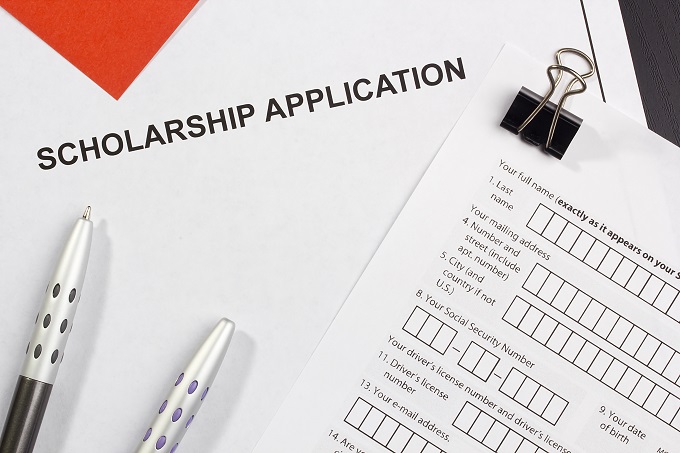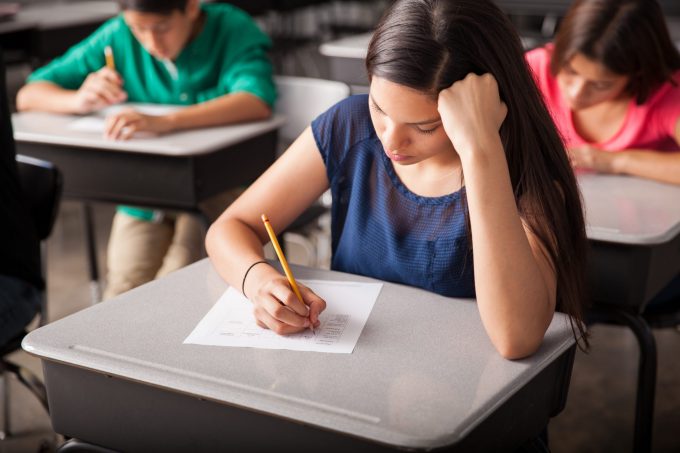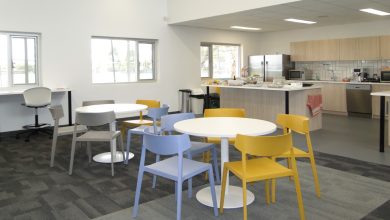
Children who do not learn to read in the first few years of schooling are typically destined to a school career of educational failure, because reading underpins almost all subsequent learning.
Even when exemplary reading instruction is available, there will always be some children who take longer than others to catch on to what reading is all about. It is important to identify these low-progress readers as early as possible so that they do not fall too far behind their peers.
We need a clear plan in place to ensure that no child falls through the net. Such a plan needs to be both effective and cost-effective.
A three tier model of reading instruction, known as Response to Intervention (or RtI) has become known in recent years as the best way of achieving this.
Kindergarten
The three tier RtI model is based on the first tier of exemplary, quality initial instruction in reading for all students during their first year of schooling.
The instruction offered to all children beginning school should be based on what internationally conducted scientific research has shown to be most effective.
To the layman, this sounds patently obvious but this is not what is currently the case in many Australian schools. For the last few decades an implicit model of reading instruction has held sway.
Most of this implicit approach to reading instruction makes a good bedrock to build effective reading instruction on. But it is not enough for every child to learn to read.
The majority of children will need direct, explicit and systematic instruction in the five pillars or “five big ideas” of reading instruction: phonological awareness, phonics, fluency, vocabulary and comprehension.
What is often lacking in initial reading instruction, in particular, is effective instruction in what is known as synthetic phonics: specific instruction in how to relate letters to sounds and to blend letter sounds into words.
In New South Wales and some other states, many schools typically screen students at the beginning of year one for possible placement in Reading Recovery, one of the most well known and most widely utilised remedial reading program in the world.
Whatever the debate about the efficacy of Reading Recovery, it is necessarily very expensive. It is based on a daily, half hour, one-to-one session with a highly trained Reading Recovery teacher, for two or more terms.
The bottom 25 per cent
The RtI model recommends that struggling readers should be offered more intensive Tier 2 intervention in small groups of three to four students.
Again the instruction provided to these students is based on what the scientific research evidence has shown to be most effective.
In effect, this is essentially the same emphasis on the same five big ideas of reading instruction but it is both more intensive and more individualised. Teachers also need to be more responsive to the specific idiosyncratic needs of the students with whom they are working.
Research suggests that good small group instruction can be just as effective as one-to-one instruction.
However, even with a solid Tier 2 small group reading intervention in place for young low-progress readers, there will still be a very small number of students who “fail to thrive”, perhaps about 3 to 5 per cent of the total population of Year 1 students.
Intensive instruction
The small number of students whose reading problems seem to be more entrenched and who are resistant even to specialised intensive small group instruction are the ones who should receive Tier 3 one-to-one intensive reading instruction.
By now it will come as no surprise that the general nature of the instruction provided in a one-to-one Tier 3 intervention is exactly the same as offered at Tier 1 and Tier 2.
What is different is the intensity of instruction provided to this very small minority of students.
Because we have successfully taught the vast majority of Year 1 students the basics of learning to read by Tier 1 and where necessary, Tier 2 teaching, we can afford to provide these remaining students with the individual support they need.
Some of these students may need this support for some time, but this is a far more manageable proposition with a smaller number of students.
Monitoring progress
With this three tier Response to Intervention model in place, most, if not all, children will learn to read, given the necessary time and resources.
The RtI model does not stop at the end of Year 1. It’s important to monitor all students’ reading progress closely, especially for the first three years of schooling.
By following these models, it’s not too much to ask to expect all of our children to learn to read.








My son is moving into Year 4 and is still failing to trive. He has been in the reading recovery program all year. He’s also seen a behavioural optometrist and undertaken Vision Therapy for the past year.
I am very worried about progressing into Year 4.
Do we now check for dyslexia?
Any advice?
Hi Adrienne,
Thanks for getting in touch. While I am sure you have discussed your son’s learning with both teachers and school leaders at his school (!), I wondered: Have you raised your concerns about his progress with your school, and specifically your feeling about checking for dyslexia?
You are the expert on your son, and they can provide information about approaches to learning and possible need for referral for professional learning help. The combination can be excellent!
A specialist can be helpful in pinpointing why the intervention is not having the desired effect, but those with daily contact with your son, that is, you and the teachers will be best placed to say what sort of avenues should be explored.
Good luck! And keep us updated?